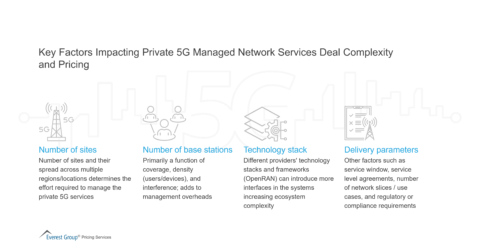Reimagine growth at Elevate – Dallas 2025. See the Agenda.
Filter
Displaying 91-100 of 343
Forward-looking Sourcing for 2024: Outsourcing, Location, and Pricing Strategies in APAC | Webinar
On-demand Webinar
1 hour
The Services Pricing Outlook for 2024: Are the Waters Finally Calming? | Webinar
On-demand Webinar
1 hour












